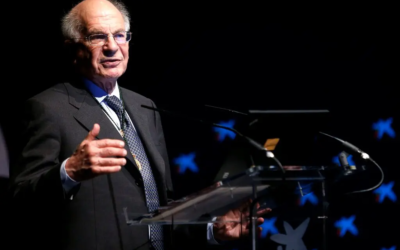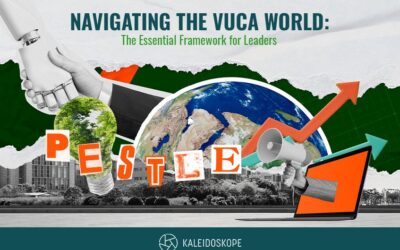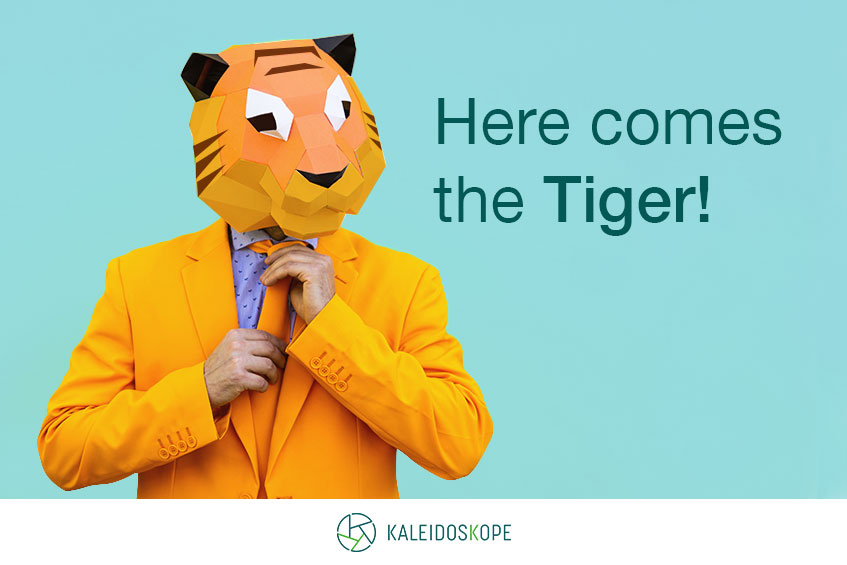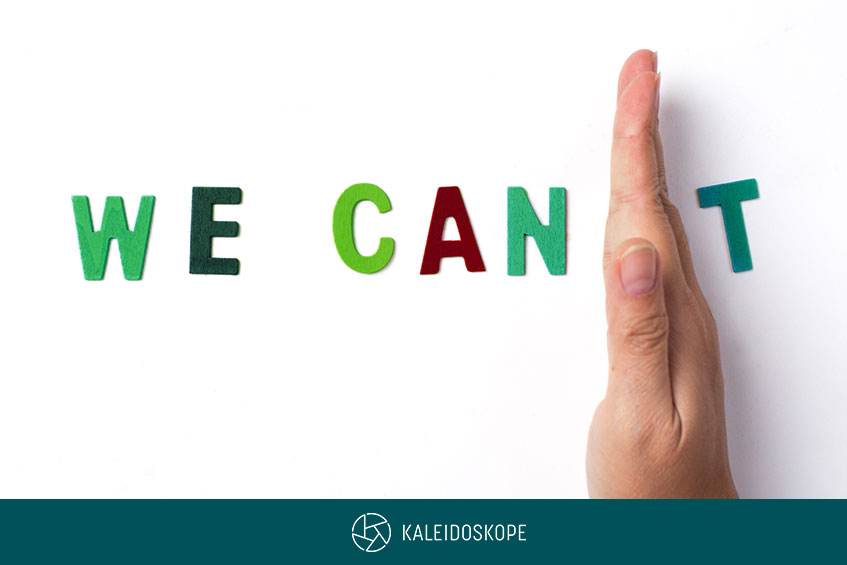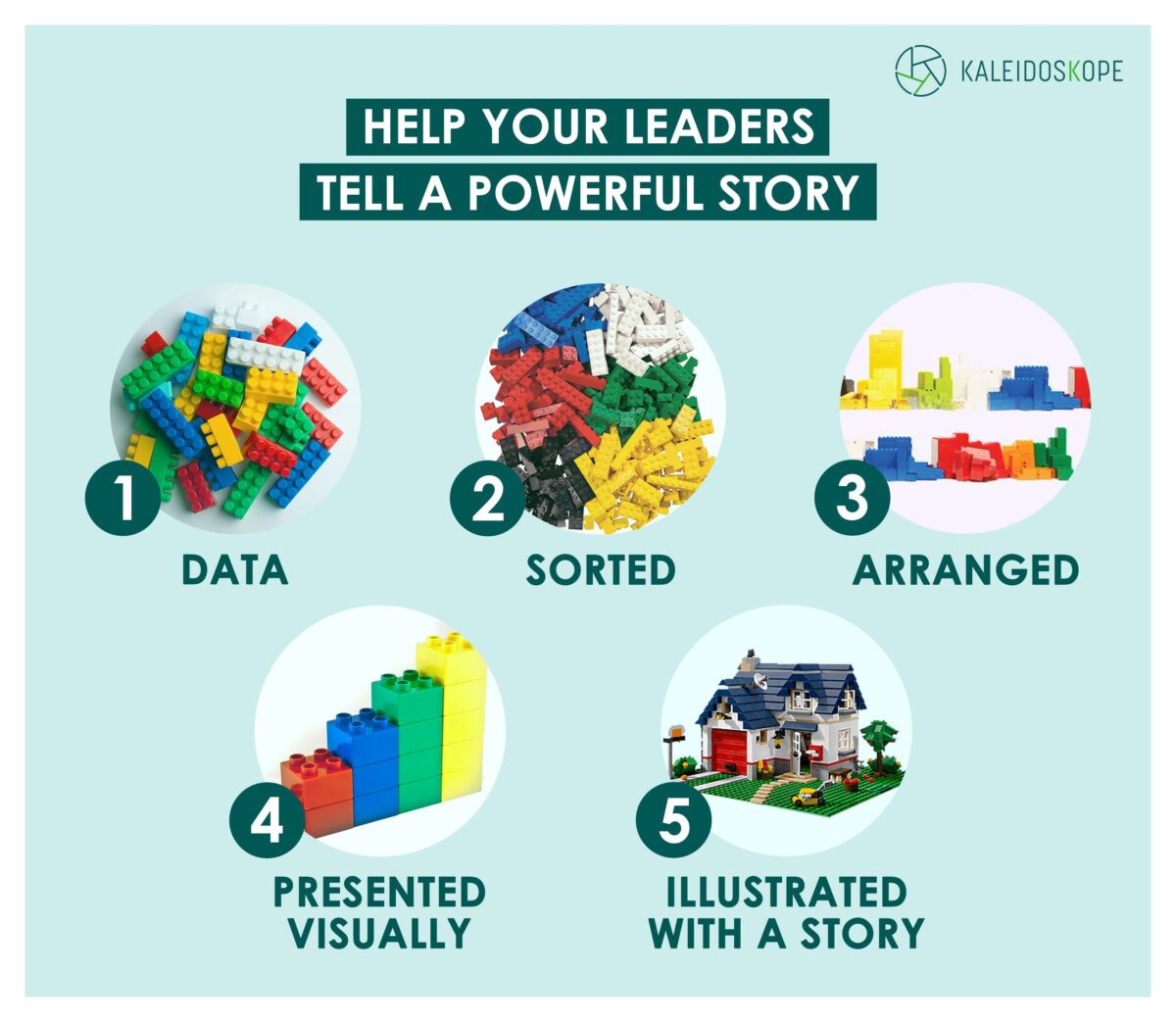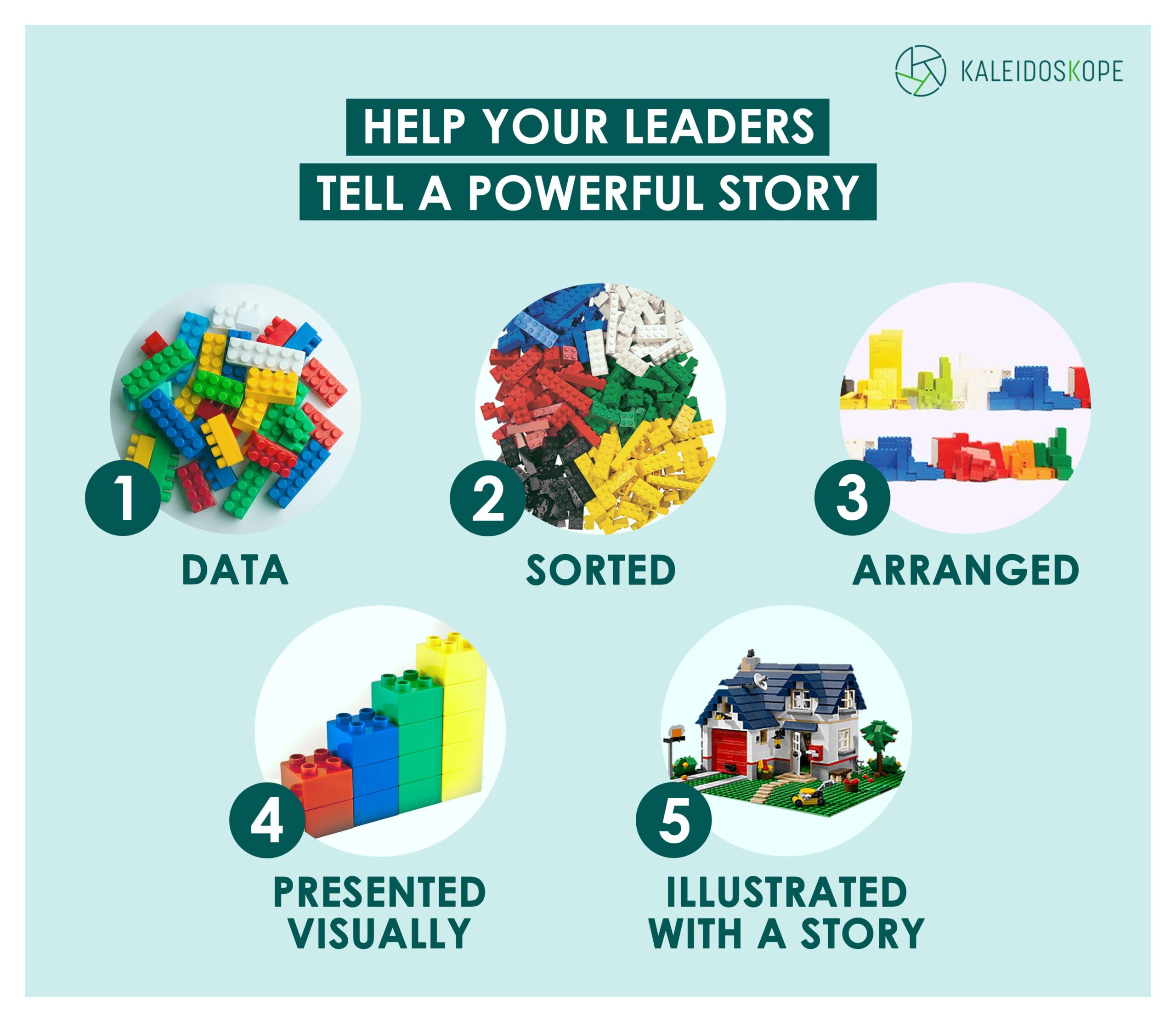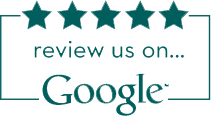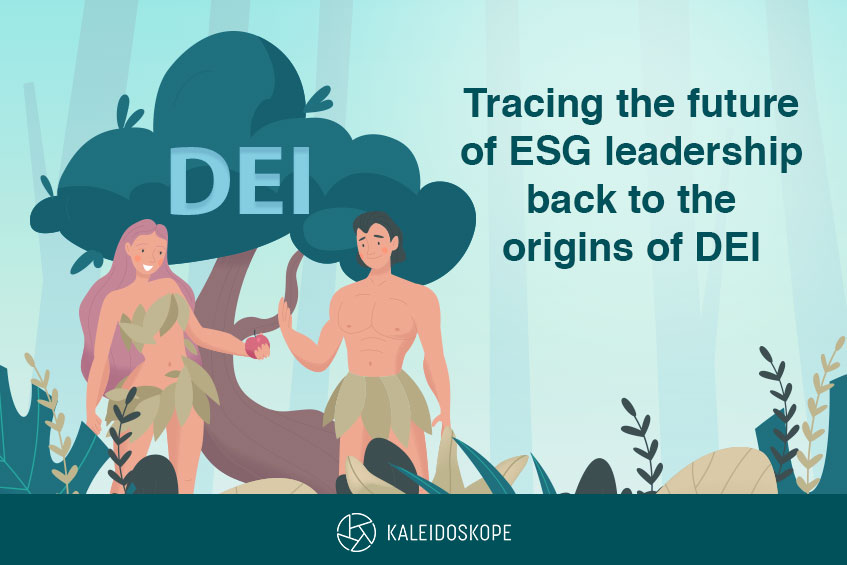
Mary Parker Follett and Kurt Lewin—
what do these management and
organisational theory giants
have to do with ESG and the future of work?
Mary Parker Follett and Kurt Lewin—
What do these Management and
Organisational Theory Giants
have to do with ESG and the future of work?
Over a hundred years ago, a brilliant woman graduated at the top of her cohort at Radcliffe College but was denied a PhD. At that time, American women were not eligible for a doctorate. Afterwards, she applied as a faculty member at Harvard but was rejected for the same reason—her gender. Her name was Mary Parker Follett.
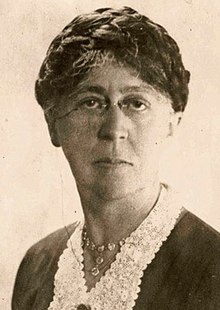
Today, Follett is known as one of the great thinkers and management experts of classical management theory. Moreover, Mary was thinking ahead of her time, having formulated principles regarded as the gold standard to this day. She is regarded as the “Mother of Modern Management“. She believed that management was the “art of getting things done through people.”
She anticipated collaborative practice, self-managed teams, adaptive leadership, and agile work. Furthermore, Follett saw organisations as a network of relationships that would amplify the creation of value across the organisation if fully empowered and activated. Instead of doing work according to the strict orders of a manager, Follett advocated for conducting work according to the situational context.
“We should all stand on Follett’s shoulders in order to see further into the possibilities for organisational perfectibility.”
– Rosabeth Moss Kanter
“Every one of the features of the new organisation that we (and so many others) were so giddy proclaiming as cutting edge and revolutionary had been anticipated by Follett”
– Nitin Nohria
“The prophet of management. Management and society should welcome her return.”
– Peter Drucker
In 1933, the year Follett died, a Jewish German named Kurt Lewin emigrated from Germany to the US, anticipating the dark days that followed. While regarded as a brilliant thinker and teacher, his Jewish heritage prevented him from getting senior academic roles until near the end of his life.
.

Surrounded by students and thinkers of all genders and cultural heritages, Lewin’s collaborative methodologies, influenced by quantum physics and unsurpassed to this day, resulted in the foundational development of more behavioural concepts than perhaps any group in history.
Organisational: Diversity, Equity, and Inclusion (DEI), sensitivity training, diversity training, leadership styles, step-based change, organisational climate (a precursor to organisational culture), team dynamics.
Societal: social psychology, action research, group dynamics, plus significant contributions to developmental psychology, cultural anthropology, and the theory of cognitive dissonance.
Despite their foundational brilliance, Follett and Lewin’s non-mainstream gender and cultural heritage hindered them throughout their lives and haunted them even after death.
Their visionary genius is absent from the vast majority of OD, DEI, and leadership programs that their thinking should underpin. Instead, a narrowly elite subset of North American white males continues to dominate. It results in biased interpretations, partial knowledge, an impoverished learning experience, and solutions that cannot deliver the desired outcomes.
Follett’s and Lewin’s thinking underpin contemporary collaborative and collective organisational practices such as DEI, psychological safety, agile teamwork, adaptive leadership, leadership styles, and the ecosystemic mindset. However, they cannot be adequately understood or implemented without the historical context.
Likewise, any attempt to create value in today’s complex interdependent organisational systems is diminished and undermined by a lack of awareness of these foundational ideas.
Follett and Lewin’s lives, thoughts and ideas provide much-needed context to contemporary organisational concepts and practices. Moreover, they allow people to see that today’s ideas are not novel and unproven.
The debate continues as to which is the best way to create value: inclusive collective sensemaking or exclusive individual authoritarianism. Rather than ignore the profound and foundational research on DEI, organisational networks, and collaborative sensemaking, we employ it to add depth, colour, and narratives to recent thinking, ensuring our workshops are complete, rigorous, entertaining, and memorable.
Likewise, it must be noted that for an organisation to thrive in today’s business environment, it must first accept the obsolescence of measuring success solely by financial gains. In this age of rapid transformation and disruption, a trifecta of Environmental, Social, and Governance (ESG) principles is key. Collectively, the ESG Principles is the foundation upon which a strong and sustainable workplace is built.
Adopting ESG principles is tantamount to future-proofing your organisation as it facilitates top-line growth in the long term, attracts talent, reduces costs, and forges a sense of trust amongst consumers.
As such, the question begs to be asked: What are the critical leadership competencies, meaningful insights or perspectives that leaders today need to create diverse, equitable, and inclusionary value in organisations?
- Psychological Safety: how collective intelligence creates organisational value, and how
- to create environments that enable it.
- Adaptive Leadership: what leadership styles fit what organisational situations, and how to adapt between them.
- The Agile Mindset: how to improve collective sensemaking and collaborative decision-making in agile work.
Tracing the future of ESG leadership back to the origins of DEI could very well be the key to building an organisation’s social stability — now a major determinant of a company’s public image or the growth potential of a business.
At Kaleidoskope, we help you forge the right leaders to support your organisation’s ESG efforts in line with DEI principles. We are here to support your efforts in shaping the narrative towards an inclusive, sustainable, and socially just future and provide you with the tools to embark on this learning journey.
Want to know more? Reply to this email or give us a call at +65 9100 5995.
Related Blogs
Importance of Critical Thinking for Leaders: THE R.E.D. MODEL
In today’s dynamic and intricate business landscape, the ability to think critically has become essential for effective leadership. At Kaleidoskope, we champion the RED Model of critical thinking, an indispensable framework that stands for: Recognize Assumptions...
STANDING ON THE SHOULDERS OF A GIANT: A Tribute to Daniel Kahneman
PHOTO SOURCE: Keith Meyers – The New York Times STANDING ON THE SHOULDERS OF A GIANT:A Tribute to Daniel Kahneman Daniel Kahneman, a psychologist who pioneered theories in behavioural economics that heavily influenced the discipline and won him a Nobel prize,...
NAVIGATING THE VUCA WORLD: The Essential Framework for Leaders
NAVIGATING THE VUCA WORLD: The Essential Framework for Leaders In the fast-paced world we live in, the value of a guiding hand cannot be overstated. Mentoring is a special relationship where a more experienced person helps someone with less experience to grow and...
Start Your High-Performance Learning Journey
WITH KALEIDOSKOPE NOW!


